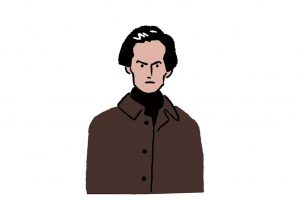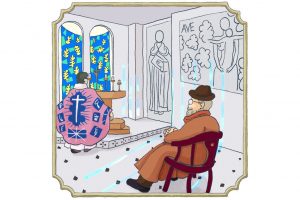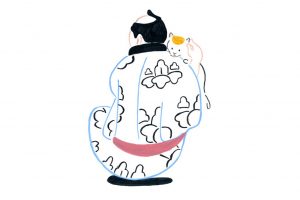Henri Matisse (1869-1954) was born in a town in northern France and later moved to Paris.
While studying at École des Beaux-Arts in Paris, he diligently copied the works of the great masters at the Louvre Museum.
In 1905, he engaged in outdoor painting in Collioure, southern France, alongside André Derain, experimenting with the technique of divisionism, which involved not mixing paints.
In October of that year, he exhibited several oil paintings at the Salon d’Automne in Paris.
Due to their unnatural colors and rough brushwork, a critic referred to the works as created by “wild beasts” (fauves). This marked the birth of “Fauvism.”
Henri Matisse (Part 1)
Examining artists
No.034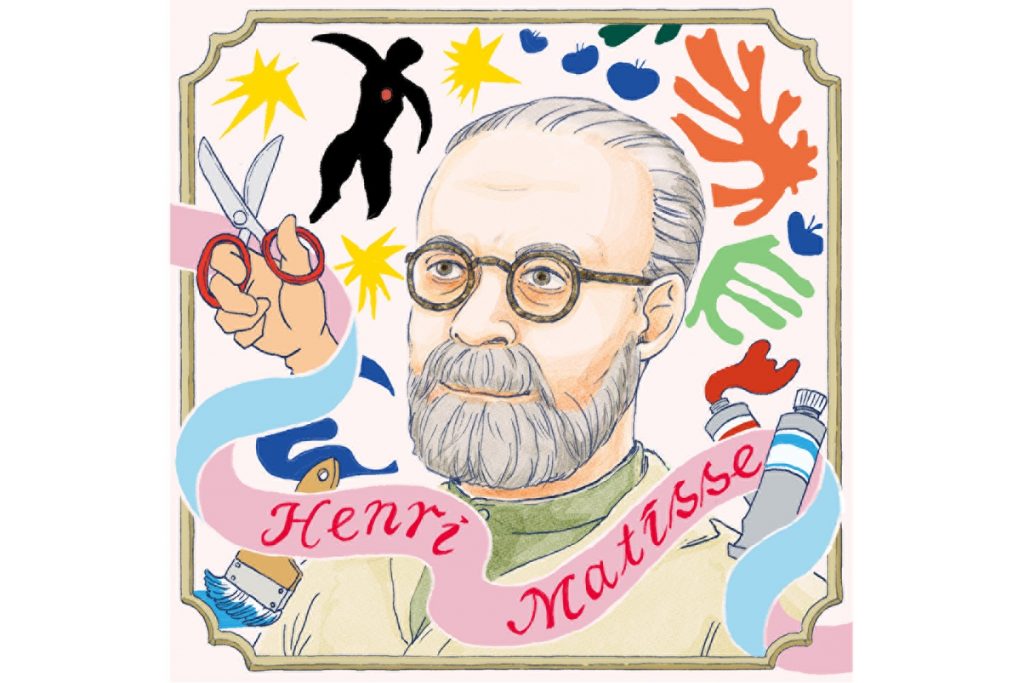
This installment of the “Examining Artists” series features Henri Matisse, one of the greatest masters of 20th-century art.
Born in northern France, he played a central role in Fauvism and greatly influenced later artists.
In the first part, we follow the early life of the artist, during which he established his distinctive style of vivid colors and color fields.
Illustration: Nanako Kakei
Text: Naoki Yoneda (The National Art Center, Tokyo)
Translation: Kae Shigeno
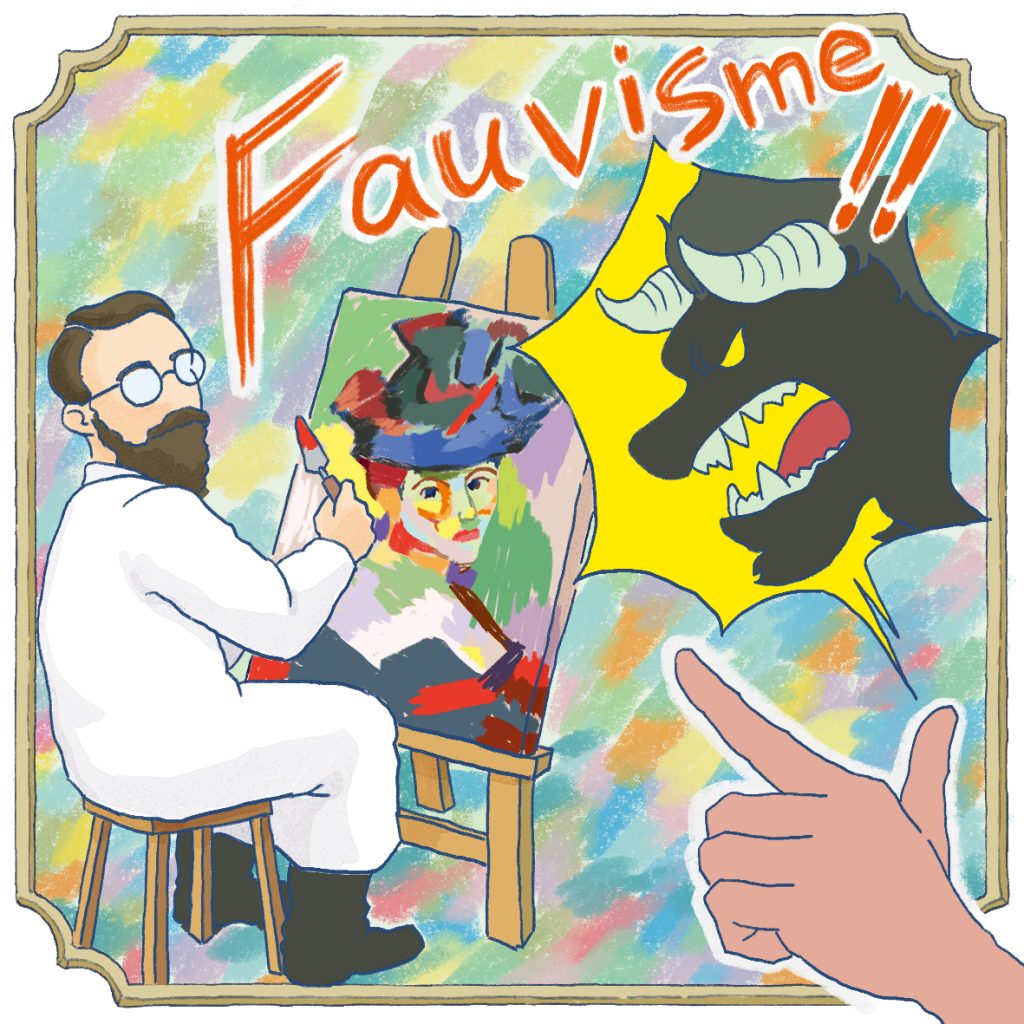
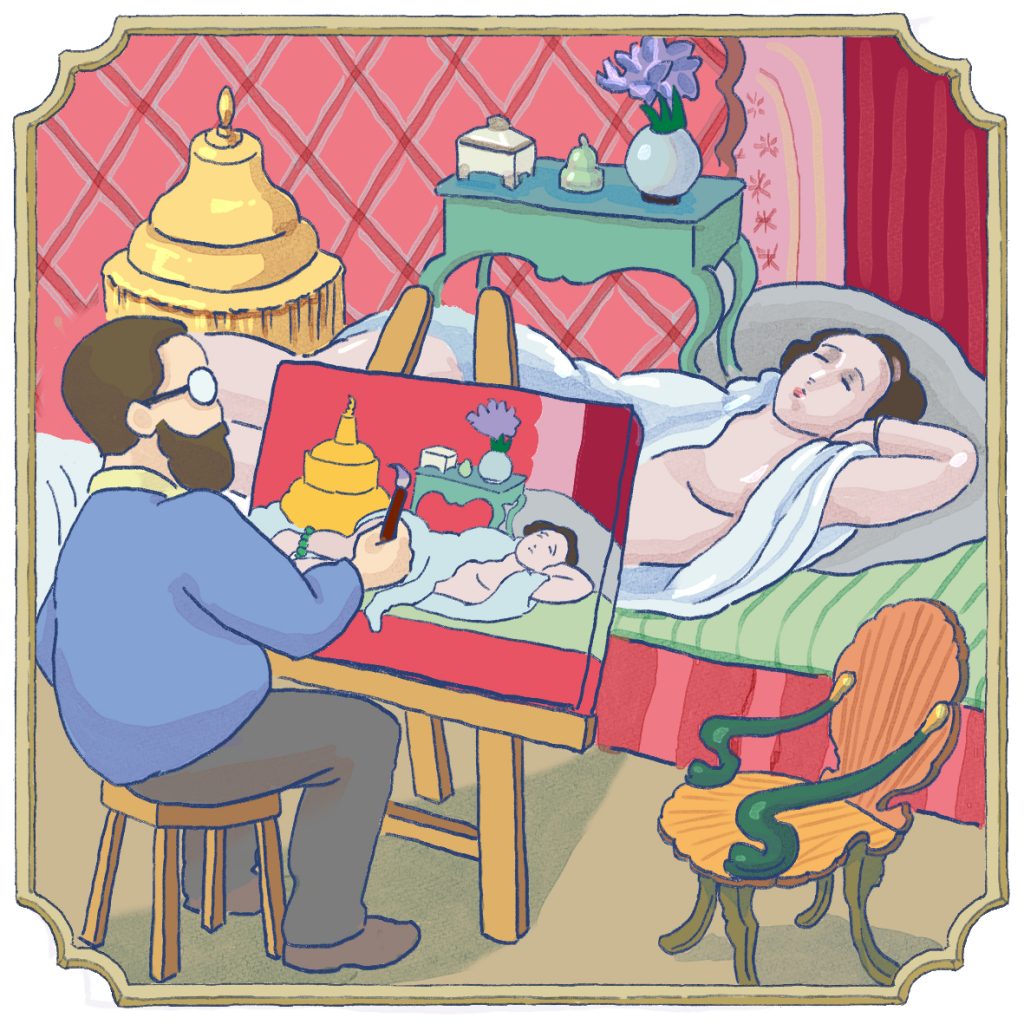
In 1917, Matisse moved to Nice in southern France. Initially staying in a hotel to work, by 1921 he rented an apartment-cum-studio in Place Charles-Félix.
He always had a keen interest in decorative arts, amassing a large collection of Eastern objets d’art which he never parted with, even when changing studios.
In his studio at Place Charles-Félix, he meticulously arranged partition screens, carpets, armchairs, and furniture. He dressed his models in oriental costumes to create a series of oil paintings themed around odalisques.
Henri Matisse
Born in Le Cateau-Cambrésis.
He moved to Paris to study law but decided to become a painter at the age of 22, receiving instruction in Gustave Moreau’s class at École des Beaux-Arts (National School of Fine Arts).
After exploring Neo-Impressionist expression, he played a central role in the birth of “Fauvism”.
Later, he developed “cut-out” works, which fused drawing and color.
The Chapelle du Rosarie de Vence (Vence Chapel), which he worked on for four years starting in 1948, became his crowning achievement.
Nanako Kakei
Illustrator and researcher of contemporary art and decorative history. Lecturer at the School of Humanities and Culture at Tokai University.
In addition to conducting research on art, she produces illustrations and manga. Her publications include The Illustrated Guide to Contemporary Art and Ito okashiki 20 seiki bijutsu (Super interesting 20th-century art).
https://zigzaqro.com/


